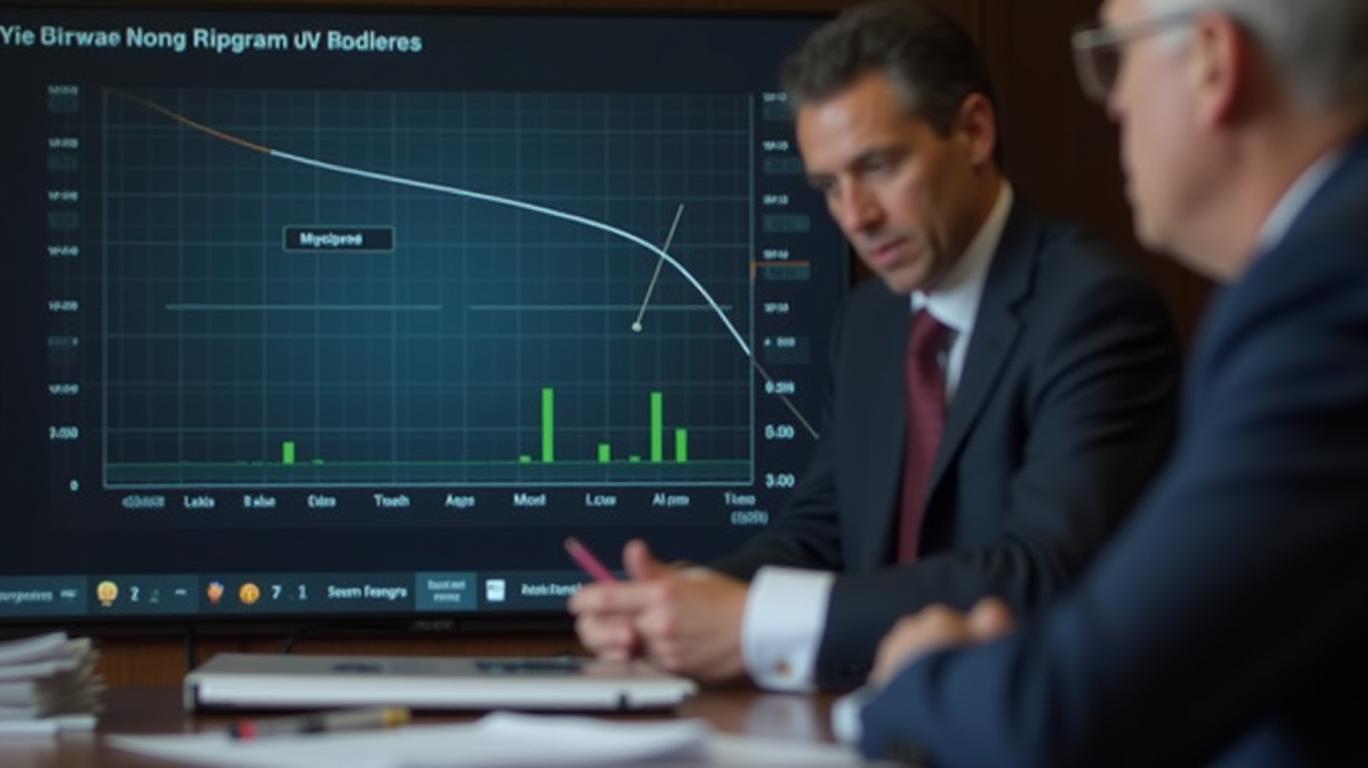Unlocking Opportunities in Fixed-Income: Navigating the Treasury Yield Rebound
The U.S. Treasury market has entered a pivotal phase, with the 30-year yield recently peaking at a 19-month high of 5.14% before retreating to 4.57% as of May 22, 2025. This volatility creates a tactical opportunity for investors to position for short-term rebounds while avoiding long-dated risks. Below, we dissect the technical and fundamental drivers behind the recent correction and outline a strategy to capitalize on this range-bound market.

The Technical Setup: A Buyer’s Reemergence
The 30-year Treasury yield’s retreat from its May high of 5.14% has been fueled by a confluence of technical and sentiment shifts. First, the yield has broken below its 200-day moving average, a critical support level that has historically triggered buying interest (see chart below). Second, relative strength indicators for long-dated Treasuries have dipped into oversold territory, signaling exhaustion in the recent selloff.
The narrowing spread between 10- and 30-year Treasuries—currently 0.11%—reflects a flattening yield curve, a pattern often associated with reduced long-term inflation expectations. This dynamic favors intermediate-term maturities (5–10 years), which offer higher yields than short-term bills without the duration risk of 30-year bonds.
Fundamental Drivers: Inflation, the Fed, and Fiscal Risks
The recent dip in yields is not solely technical. Core PCE inflation, the Fed’s preferred gauge, has cooled to 3.8% year-over-year—below the April 2025 peak of 4.1%—but remains above the 2% target. This creates a Goldilocks scenario: the Fed is likely to pause rate hikes, but short-term rates will remain elevated to combat lingering inflation.
However, long-dated Treasuries face headwinds. The $3.8 trillion debt addition from fiscal 2025’s spending plans, coupled with Moody’s downgrade of U.S. debt, has heightened concerns about rising interest expenses. This explains why the 30-year yield remains volatile—investors are pricing in fiscal risks even as inflation eases.
Positioning for Rebounds: Tactical Allocations
Investors should treat this yield pullback as a buying opportunity for intermediate Treasuries, while avoiding long-dated maturities. Key reasons:
- Duration Risk Mitigation: Intermediate-term bonds (e.g., 7–10 years) have half the duration risk of 30-year Treasuries, limiting losses if yields spike again.
- Curve Flattening: The narrowing spread between 10- and 30-year yields rewards investors who lock in higher intermediate rates before the curve steepens again.
- Volatility as an Ally: The recent 50-basis-point drop in 30-year yields—from 5.14% to 4.57%—highlights the market’s tendency to overreact to short-term noise. This creates entry points for disciplined buyers.
Avoiding Long-Dated Traps
While intermediate Treasuries offer a sweet spot, long-dated maturities (e.g., 30-year bonds) remain risky. Their sensitivity to Fed policy uncertainty and fiscal deficits means yields could spike anew if inflation surprises to the upside or debt concerns intensify.
The recent Moody’s Baa3 rating for U.S. debt underscores this risk. Long-dated Treasuries may underperform unless fiscal reforms—unlikely in the near term—materialize.
Conclusion: Act Now, but Stay Nimble
The Treasury market’s recent correction presents a high-conviction entry point for intermediate-term bonds. Investors should allocate 20–30% of fixed-income portfolios to 5–10 year Treasuries, using dips below 4.6% as buying opportunities. Meanwhile, avoid long-dated maturities until fiscal clarity emerges.
The key takeaway: volatility is your friend in this range-bound market. Use it to lock in yields before the next Fed meeting or inflation report shifts sentiment again.
Act now—this window won’t stay open.

Comments
No comments yet